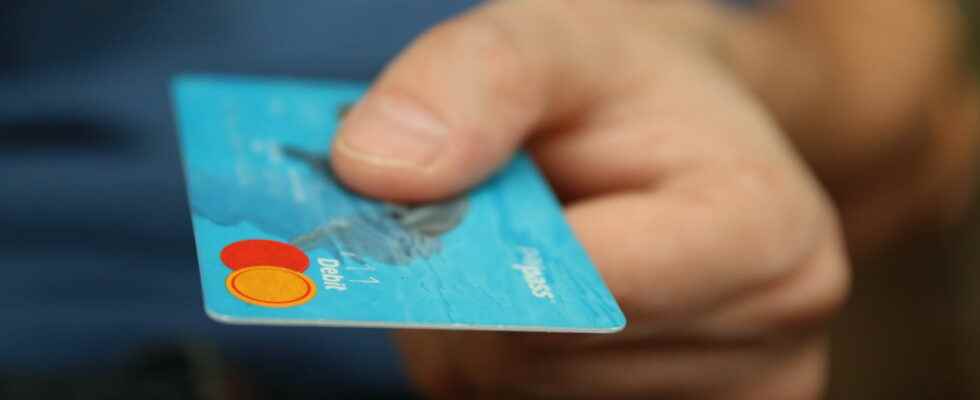Be careful not to fall into the trap of dropshipping if you order online, especially as Christmas approaches! Because if this sales practice is legal, it gives rise to many scams. Here are the tips to avoid getting tricked.
As the end-of-year celebrations approach, more and more French people are turning to e-commerce sites to do their Christmas shopping and find original gifts to please their loved ones. The problem is that Internet users find themselves exposed to dropshipping scams, which explode during this period of high consumption! And to attract customers/victims, some sites specializing in this practice do not hesitate to use aggressive marketing on social networks, with the reinforcement of beautiful photos, incredible promises and an elegant showcase. Fortunately, there are clear signs, and many tools have been developed to verify the digital reliability of sites. The important thing is to always be on your guard and not to make impulse purchases!
What is dropshipping?
Dropshipping – or drop shipping, literally “direct delivery”, in French – is a form of e-commerce centered on delivery. The principle is simple. A virtual trader, also called drop shipper, creates an online store on which he offers products. The customer places an order on this site, an order that the dropshipper will then send to a supplier who actually has the desired product. This is the whole trick of this indirect sales system. In fact, it is the supplier who prepares and sends the order to the customer. The delivery is therefore made directly between the customer and the supplier. Clearly, the drop shipper simply serves as an intermediary between the two parties: at no time does he have the product in stock! And by the way, he sets the price he wants for the product sold to the customer. It is the difference between the sum paid by the customer and that which he will pay to the supplier which constitutes his added value.
This is a perfectly legal practice, since it is just a form of commerce like any other. But legal does not mean ethical. This practice has obviously led to its share of excesses, such as the sale of counterfeits – sometimes with the complicity of the dropshipper – and products that do not comply with the description or which do not meet safety standards, significant VAT invoicing, hidden costs, very long delivery times – products generally coming from Asia, it generally takes between 12 and 30 days of waiting – or even no delivery at all – and no need to rely on after-sales service. But the most recurring problem is the prices.
What are the pitfalls of dropshipping?
Indeed, some dropshippers do not hesitate to resell the product three or four times more expensive than the prices charged by the supplier without bringing any added value. They take advantage of the ignorance of the buyer who is not aware of buying via a dropshipping system, either because he does not know the method and the concept of indirect sale, or because he is not not suspicious about prices. To trick them, they do not hesitate to use dark patterns, in particular with very attractive fake promotions for a limited time – with crossed out prices, banners “less 40% on the whole site” and/or shipping costs “exceptionally” offered. In reality, these “promotions” are valid all the time, and the prices remain much higher than those charged directly by the supplier – through whom you can sometimes go directly to Amazon or AliExpress. This is aggressive marketing intended to drive a purchase.
How to avoid dropshipping scams?
Before making an online purchase, you must therefore absolutely inquire on the site and find out if the product is not available cheaper elsewhere on the Internet. This is all the more necessary if the sales site is not well known and only offers a limited number of products. Generally, “customers” are lured by advertisements on social networks – in particular Facebook TikTok and Instagram – with very elaborate photos or videos selling a revolutionary product, but also through influencers, who have a very large audience – especially among 16-34 year olds – and do not hesitate to “offer” them fake promo codes. Sometimes the promotions are even hidden! Fortunately, there are verification tools to avoid getting tricked that only take a few seconds.
First, do a quick Google search to see if the product is sold elsewhere, including Amazon and AliExpress – Google Lens is particularly effective for this (see our how-to sheet). Also look for the site’s legal notices (name, company name, address, telephone number, email address, etc.), which are mandatory. You will usually find them in the general conditions of sale. If you can’t find them, don’t ask yourself any more questions and run away! You can also check the reputation of the site. Above all, do not trust the opinions posted on it, they are generally false testimonials. Instead, type the name followed by “review” or “scam” in your search engine.
Tools also make it possible to verify the digital identity of the site in just a few seconds. It’s the case Scamdoc, which indicates whether the site is reliable or whether to be suspicious after analyzing the traffic passing through it, the age of the domain name – a site that has been online for many years is more synonymous with trust –, the presence of an HTTPS protocol that guarantees the security of your data, etc. Just enter the domain name in the search bar on the homepage. same for me AntiDrop and Captain Drop, which will find out if the product is sold on other sites and at what price, and then deliver you a score evaluating the probability that it is a dropshipping site. It should also be remembered that if you have been the victim of a scam or have observed practices that seem questionable to you, you can report it on the site set up by the government Signal Conso.



